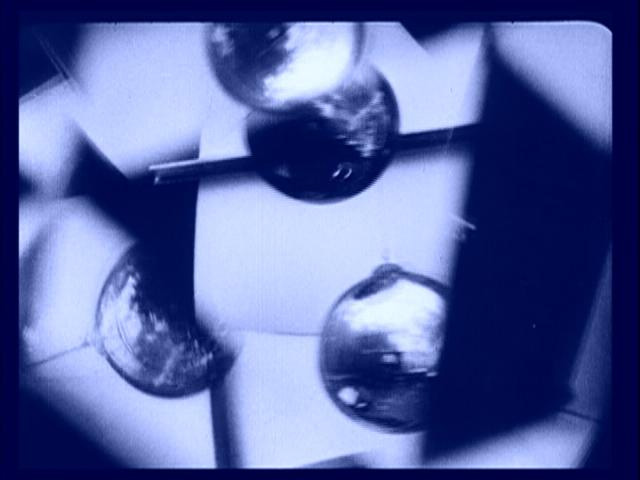presented in association with the California College of the Arts’ Visual Studies Program
Malcolm Turvey In Person
[members & students: $5 / non-members: $10 / free to CCA students, faculty and staff]
Order advance tickets here.
In the 1920s, the European avant-garde embraced the cinema, experimenting with the medium in radical ways. Painters including Hans Richter and Fernand Léger as well as filmmakers belonging to such avant-garde movements as Dada and surrealism made some of the most enduring and fascinating films in the history of cinema. Malcolm Turvey is a Professor of Film History at Sarah Lawrence College. In his recent book, The Filming of Modern Life (published by MIT Press, 2011), he analyzes five films from the avant-garde canon: Rhythmus 21 (1921) by Hans Richter, Ballet mécanique (1924) by Dudley Murphy and Fernand Léger, Entr’acte (1924) by Francis Picabia and René Clair, Un chien andalou (1929) by Salvador Dalí and Luis Buñuel, Man with a Movie Camera (1929) by Dziga Vertov. All exemplify major trends within European avant-garde cinema of the time, from abstract animation to “cinema pur.” Turvey closely examines their formal and stylistic innovations. He also argues that these films share a concern with modernization and the rapid, dislocating changes it was bringing about while he challenging the standard view of the avant-garde as implacably opposed to modern life. In fact, Turvey shows, all five films embrace and resist different aspects of modernity. Tonight’s lecture will include screenings of and/or clips from these five classic works. (Malcolm Turvey)
